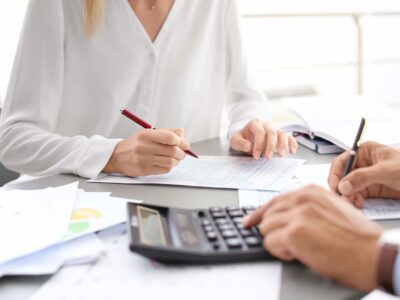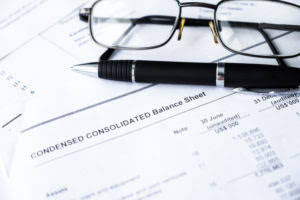Balance Sheet: Explanation, Components, and Examples

[IAS 1.88] Some IFRSs require or permit that some components to be excluded from profit or loss and instead to be included in other comprehensive income. Each category consists of several smaller accounts that break down the specifics of a company’s finances. These accounts vary widely by industry, and the same terms can have different implications depending on the nature of the business. But there are a few common components that investors are likely to come across. These three ratios are difficult to mine from a regular balance sheet and investors and financial analysts appreciate being able to easily access the information from a classified balance sheet.
A classified balance sheet reader can extract the exact information needed without getting overwhelmed or distracted by sophisticated information. To sum up, a classified balance sheet aims to report the company’s assets and liabilities in as detailed a manner as possible. Fixed Assets are those long-term assets that are used in the current financial year as well as many years further.
Role in Financial Ratio Analysis
Most accounting applications permit you to pick what sort of balance sheet you wish to generate, yet if you have various assets or liabilities you would want to track, you must choose the classified balance sheet. The classifications used can be unique to certain specialized industries, and so will not necessarily match the classifications shown here. Whatever system of classification is used should be applied on a consistent basis, so that balance sheet information is comparable over multiple reporting periods. Contrastingly, if you want a quick snapshot of your business’s performance, an unclassified balance sheet could be more easily digestible. An unclassified balance sheet could be beneficial when only a high-level overview of the balance sheet is necessary.

In other words, a classified balance sheet is a finished product. In contrast, an unclassified balance sheet is just the starting point. These are further categorized into current and non-current liabilities. Here is the list of detailed classifications most of the classified balance sheet contains. Both a classified and an unclassified balance sheet must adhere to this formula, no matter how simple or complex the balance sheet is. For example, in the balance sheet above, equipment and fixtures are listed together under assets in the amount of $17,200.
IAS plus
Creditors (people who lend money) and investors (people who buy parts of companies) can see how easily a company can turn its assets into cash to pay off debts. The shareholders’ equity section is like the scorecard of how much the company is worth to its owners. This part includes “dividends,” which are payments made to shareholders out of the company’s profits, and “retained earnings,” which is the money the company keeps to use in the future instead of paying it out as dividends. These are obligations that are due to be settled within one year of the balance sheet date.
- Conversely, long-term accounts have lives that extend beyond a one year period.
- This group has fixed assets like buildings and machines, intangible assets like patents and copyrights, and investments that take longer to pay off.
- Its accounts payable and unearned revenue are both current liabilities.
- It cannot give a sense of the trends playing out over a longer period on its own.
- A fundamental attribute of fixed assets is that they are accounted for at their book value and regularly get depreciated with time.
- Like your unclassified balance sheet, the totals of these classifications must follow the accounting equation, detailed below.